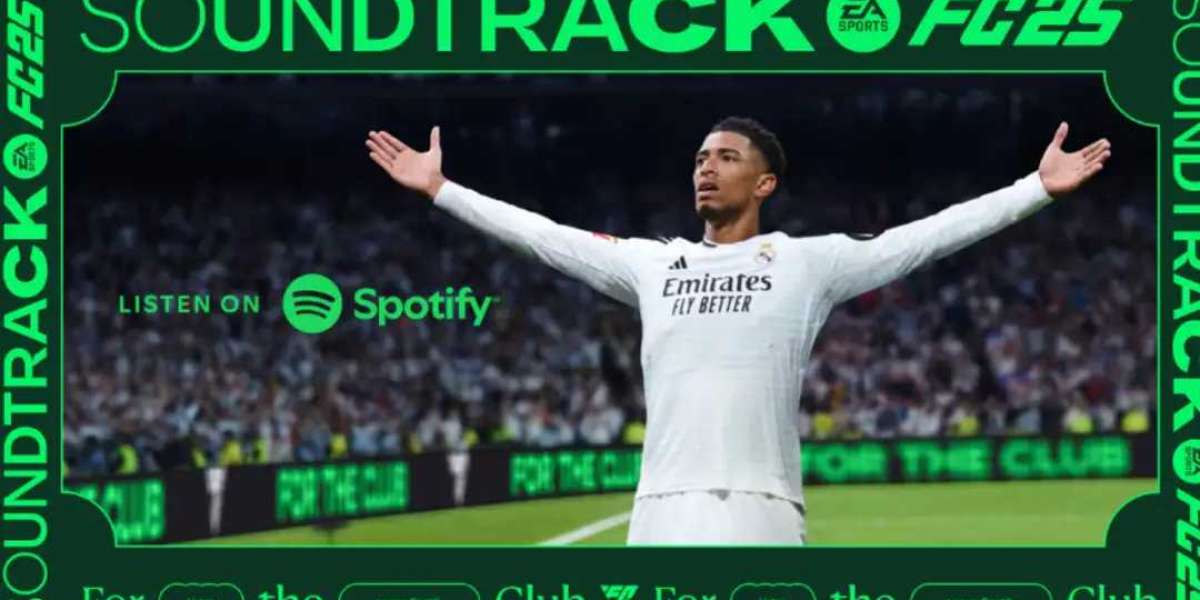The rise of ride-hailing apps has revolutionized urban transportation, offering convenience and flexibility to both passengers and drivers. Among the many options available, inDriver has emerged as a unique alternative, differentiating itself with a fare negotiation model. But how does inDriver stack up against more established competitors like Uber and Lyft? This article will explore the key differences and similarities between inDriver and other ride-hailing apps.
Fare Negotiation vs. Fixed Rates
One of the most notable distinctions between inDriver and traditional ride-hailing platforms like Uber and Lyft is the fare negotiation system. In inDriver, passengers propose a fare for their ride, which drivers can accept, decline, or counter-offer. This gives drivers more control over their earnings and allows them to negotiate fares based on various factors such as distance, traffic, and time of day.
In contrast, Uber and Lyft utilize a fixed pricing model where fares are determined by algorithms that consider factors like distance, demand, and surge pricing. While this approach offers transparency for passengers, it limits drivers’ ability to negotiate, often resulting in lower earnings, especially during peak hours or in challenging conditions.
Flexibility and Driver Autonomy
Another significant difference lies in the flexibility offered to drivers. InDriver allows drivers to choose their hours and rides, empowering them to work according to their own schedules. This autonomy is particularly appealing for individuals looking to supplement their income or manage multiple commitments.
On the other hand, while Uber and Lyft also allow drivers to set their own hours, they have additional requirements and guidelines that can limit drivers’ autonomy. For instance, both platforms have strict policies regarding cancellation rates and acceptance rates, which can impact a driver’s standing on the platform. InDriver’s more relaxed approach may appeal to those who prefer a less structured work environment.
Earnings Potential
When it comes to earnings, inDriver’s fare negotiation feature can lead to higher income potential for drivers. By allowing drivers to propose their rates, the app enables them to earn more during busy times or for longer trips. Additionally, inDriver generally charges lower commission fees compared to Uber and Lyft, which can take up to 30% of a driver’s earnings. This difference means that inDriver drivers often take home a larger share of their fare, making it an attractive option for those focused on maximizing income.
In comparison, while Uber and Lyft offer guaranteed minimum fares, drivers may find that their earnings fluctuate due to fixed rates and commission structures, particularly during off-peak hours.
User Experience and App Features
All three platforms prioritize user experience, but their features vary. InDriver’s app is designed to facilitate straightforward negotiations and clear communication between drivers and passengers. The user interface is intuitive, allowing for easy ride requests and fare proposals. InDriver also emphasizes transparency by providing real-time updates on ride status and earnings.
Uber and Lyft, on the other hand, offer a broader range of features, such as in-app messaging, advanced ride scheduling, and various ride options (e.g., Uber Pool, Lyft Line). They also provide additional services, like food delivery (Uber Eats and Lyft's partnership with various delivery services). While these features enhance the overall user experience, they can also make the apps more complex.
Availability and Coverage
Availability is another area where inDriver distinguishes itself. While Uber and Lyft operate in numerous countries and cities worldwide, inDriver has a more focused approach, primarily serving markets in developing countries. This can be beneficial for passengers in areas where Uber and Lyft may not have a presence.
InDriver’s expansion strategy often targets regions with high demand for ride-hailing services but less competition. This focus allows it to build a strong user base in specific markets, whereas Uber and Lyft are generally more widespread but can be less responsive to local needs in certain areas.
Customer Support and Safety Features
All three platforms place a high priority on customer support and safety. InDriver allows for direct communication between drivers and passengers, which can enhance accountability. The app also includes safety features such as ride tracking and an emergency contact option.
Uber and Lyft have established robust customer support systems, offering 24/7 assistance through in-app support and dedicated helplines. They have also implemented extensive safety features, including background checks for drivers, in-app safety tools, and features that allow passengers to share ride details with friends and family.
Conclusion
InDriver presents a compelling alternative to traditional ride-hailing apps like Uber and Lyft, particularly for drivers seeking greater autonomy and income potential through fare negotiation. While inDriver’s unique approach offers flexibility and lower commission rates, it operates in fewer markets and lacks some of the advanced features available on its competitors’ platforms.
Ultimately, the choice between inDriver and other ride-hailing services depends on individual preferences and priorities. For those who value negotiation and the ability to set their own rates, inDriver clone is an excellent option. Conversely, passengers and drivers looking for a more comprehensive service with extensive coverage may find Uber or Lyft more appealing. As the ride-hailing landscape continues to evolve, understanding these differences can help users make informed decisions about their transportation options.






